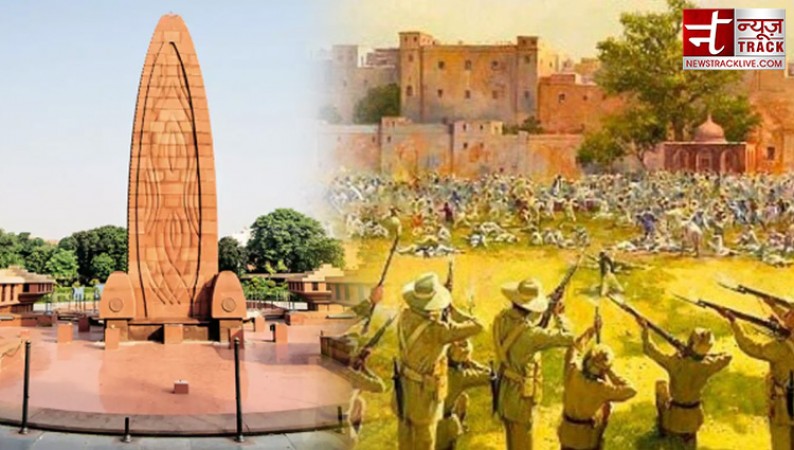
On April 13, 1919, British Indian Army soldiers, led by Colonel Reginald Dyer, opened fire into a crowd of hundreds of civilians who had assembled at Jallianwala Bagh, Amritsar, Punjab. This event is known as the Jallianwala Bagh Massacre. At the Massacre, which is remembered as a Dark Day in history, hundreds of people died.
Reasons behind the Gathering of The Jallianwala Bagh Massacre: Many individuals were upset when the Rowlatt Committee was established in 1919. Several fundamental liberties, including the right to free speech, were restricted by the Rowlatt Act, which also increased the authority of the police. The Act's passage was met with vehement opposition across the nation.
People at Jallianwala Bagh protested for the release of Satya Pal and Saifuddin Kitchlew, two well-known figures in the Indian Independence Movement.
The Town Hall and Railway Station were set on fire, and telegraph and communication services were disrupted as a result of the violent protests. Several people died as a result of it, including some civilians and government leaders from Europe. Worse unrest developed, particularly in Punjab.
What Happened on 13th April?: Thousands of people congregated in Jallianwala Bagh in Amritsar, Punjab, on April 13, 1919. For Sikhs, the day heralds the start of the New Year. It is also known as the Baisakhi celebration throughout Punjab. On the morning of Baisakhi, Colonel Reginald Dyer issued a curfew for the whole city of Amritsar and banned all processions, making it unlawful for groups of four or more persons to congregate in public.
By midday, tens of thousands of people, including followers of the Harmandir Sahib, had assembled at the Jallianwala Bagh for peaceful demonstrations.
An elevated bank was reached after Dyer led his 50 riflemen there and told them to kneel and fire.
According to official British Raj sources, 379 people died and 1,100 were injured. Dr. Williams DeeMeddy, a civil surgeon, reported that 1,526 people had been injured. However, the Indian National Congress stated that there had been around 1,500 casualties, with almost 1,000 deaths.
Shubhangi Atre becomes 'Angoori Bhabhi' after hard struggles